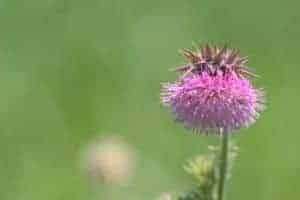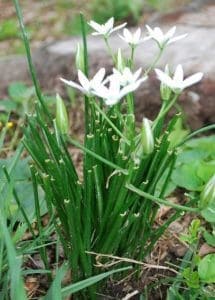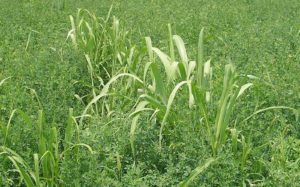
Cervical Pole Necrosis of the Equine Placenta
This poorly understood disease, also known as placental infarction, results in abortion in many cases.

This poorly understood disease, also known as placental infarction, results in abortion in many cases.

Although uncommon in North American horses, monitor pregnant mares to avoid abortion and stillbirth due to toxicant exposure.

Horses have a wide range of potential for exposure to toxicants; understanding this could help protect them.

Here are a few common myths about horse hay, how these myths came to be accepted and, finally, the truth.

Research shows resistance among cyathostomins (small strongyles) to the three main groups of anthelmintic (antiparasitic) drugs commonly used to deworm horses.

Move pregnant mares from areas where wild cherry trees are abundant to minimize caterpillar exposure; digestion of the insects can cause early- and late-term foal losses or weak foals.
The new fees came into effect on July 1.

Wild parsnip foliage can cause skin photosensitivity and rashes in both humans and horses.

Chicory is not as common as many weeds in horse pastures but occurs in more abundance in unmowed pastures.

Musk thistle is distributed across the United States and is listed as noxious in many states.

Though not toxic, burs found on the plants can cause mechanical damage if horses consume them.

Star-of-Bethlehem is a cool-season perennial of the lily family.

Johnsongrass is a coarse-textured perennial grass that grows well in pastures, gardens, fields, and roadsides.

Red maple is a valued landscaping tree in the eastern United States and Canada but is also toxic to horses.
Local equine-industry leaders will examine how the horse influenced their personal leadership development
Enrollment is now open for the University of Kentucky’s Pasture Evaluation Program
Stay on top of the most recent Horse Health news with